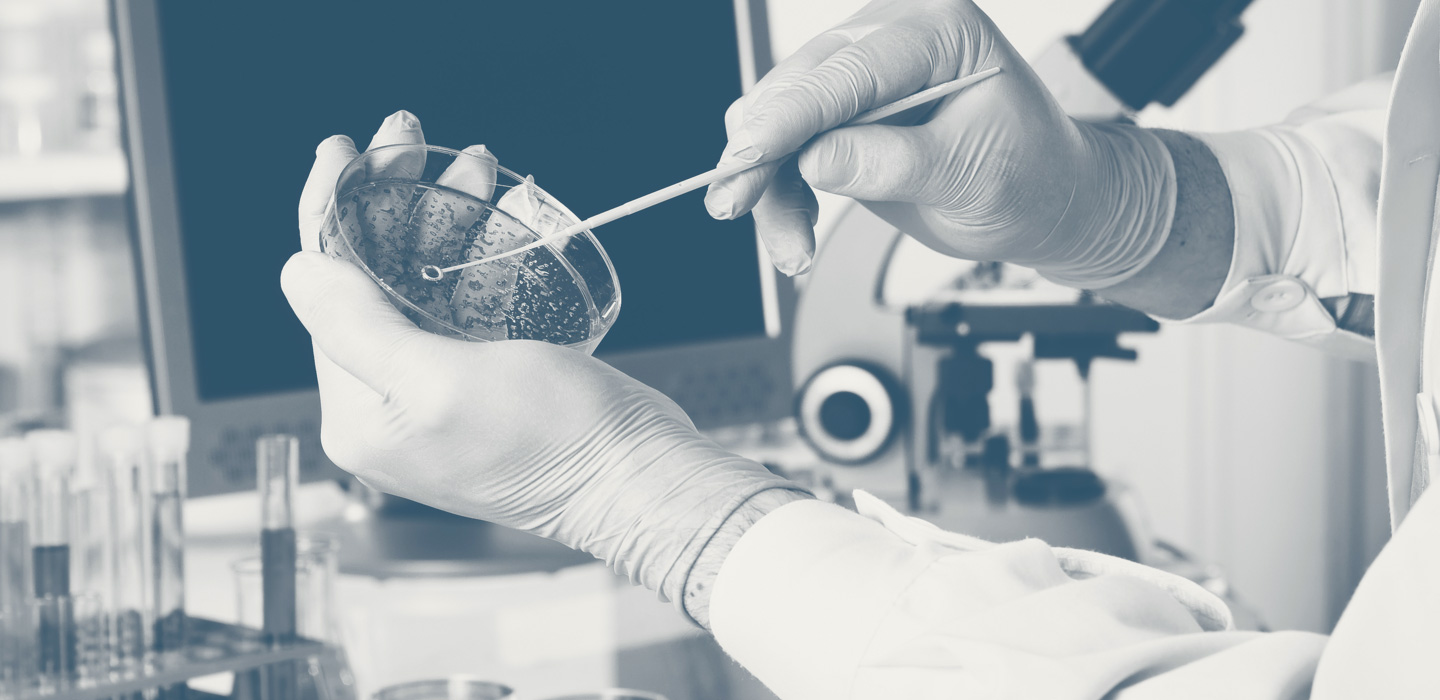
2022
Adam Lin, MD, PhD
Assistant Professor, Department of Medicine, Northwestern University
Combination of CpG Nanoparticles for the Treatment of Aggressive Non-Hodgkin Lymphoma Research Strategy
Using Nanotechnology to deliver Promising treatments in lymphoma
Dr. Lin’s work focuses on creating a reliable method to safely deliver DNA molecules that have been shown to be effective in battling lymphoma. CpG oligodeoxynucleotides (CpGs) have been shown to increase both an immune response and to kill lymphoma cells directly; Dr. Lin identifies two classes of CpGs that are effective in targeting an immune pathway program that is expressed in lymphoma and in various immune cells. Class B CpGs strongly stimulate B cells, inducing lymphoma cell death, and class C CpGs stimulate both B cells and plasmacytoid dendritic cells leading to an anti-lymphoma immune response. Unfortunately, because CpGs are DNA sequences, both classes are easily degraded when injected into the body and until now have been significantly limited in their use against lymphoma. Dr. Lin has developed a nanoparticle delivery system that can bring both classes of CpGs to cancer cells and immune cells, and while keep it from degrading before it gets where it needs to be. His unique background in nanotechnology, biomaterials, and clinical medicine has allowed him to create a gold nanoparticle that is designed to both hold and protect DNA from degradation and to be drawn to the targeted immune receptor, where it can further help stimulate an anti-tumor immune response.
Preliminary data suggests that a combination of class B and class C CpG nanoparticles together will generate the strongest anti-lymphoma effect; Dr. Lin will use immune profiling to understand why. He will also confirm that the anti-lymphoma effect of this combination is similar when these nanoparticles are administered into a vein, rather than directly into a tumor, as not all lymph nodes are easily accessible. Ultimately Dr. Lin’s goal is to be able to translate this nanoparticle platform into the clinic; the data he will collect with this project will build the case for the use of his nanoparticles in new investigational drugs and clinical trials.